The National Assembly allows Ho Chi Minh City to borrow through issuing local government bonds, borrowing from domestic financial institutions and foreign loans from the Government for re-lending, with a total outstanding debt of up to 120% of the City's budget revenue according to decentralization.
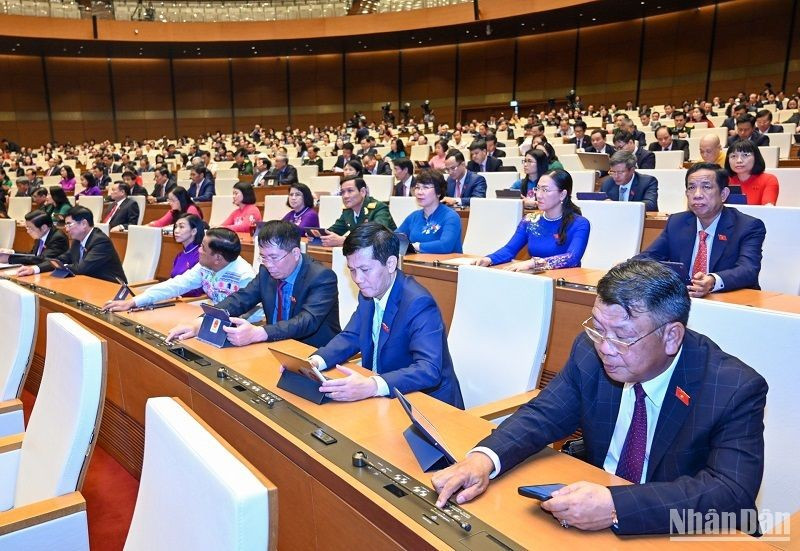
On the afternoon of June 24, the National Assembly passed a Resolution on piloting a number of special mechanism and policy developing Ho Chi Minh City, with 481/484 delegates participating in the vote in favor (equal to 97.37% of the total number of National Assembly delegates).
Urban development oriented towards public transport development
The National Assembly allows Ho Chi Minh City to pilot an urban development model oriented towards public transport development. (TOD).
Specifically, the City People's Council decided to use the local budget to implement independent public investment projects to carry out compensation, support and resettlement for investment projects according to separate urban design projects, urban planning projects in the vicinity of stations on railway lines approved by competent authorities, and in the vicinity of traffic intersections along Ring Road 3 within the City's territory to recover land, renovate and develop urban areas, implement resettlement, and create land funds for auction to select investors for urban, commercial and service development investment projects in accordance with the law.
The authority, order and procedures for investment and construction of compensation, support and resettlement projects specified in Point a of this Clause shall be implemented according to the authority, order and procedures of group A public investment projects according to the criteria prescribed by law on public investment.
For the vicinity of stations and traffic intersections specified in Point a of this Clause, the City People's Committee is authorized to decide to adjust construction density, technical infrastructure and social infrastructure indicators compared to the regulations in national technical regulations on construction planning for existing urban areas.
However, it is necessary to ensure that the technical infrastructure system, social infrastructure and architectural planning criteria are met as determined in the content of the zoning plan and the general planning of the City.
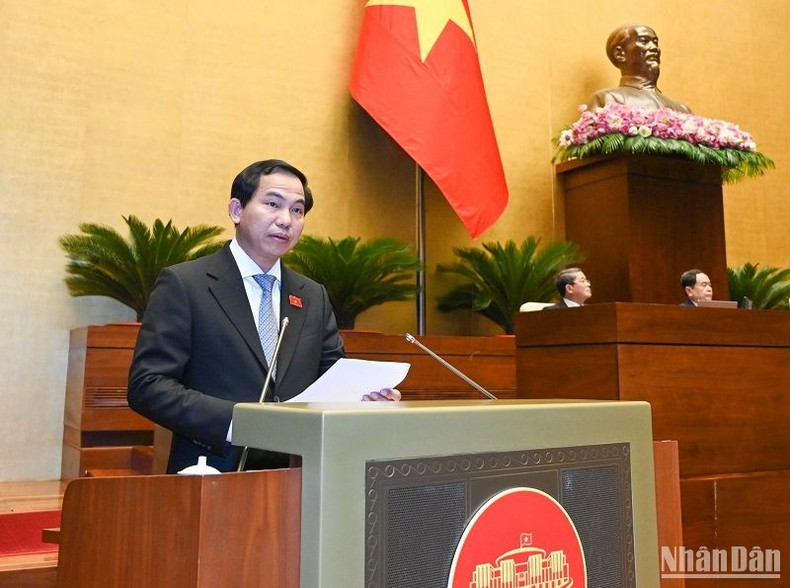
Applying investment under the PPP method to projects in the fields of culture and sports
In addition to the investment fields according to public-private partnership (PPP) As prescribed in the Law on Investment under the public-private partnership method, Ho Chi Minh City is allowed to apply PPP investment method to investment projects in the fields of sports and culture.
The minimum total investment scale of PPP projects in the fields of health, education - training, sports and culture is prescribed by the City People's Council.
In addition, the City is allowed to apply BOT contracts to investment projects to upgrade, expand, and modernize existing road works, in accordance with approved planning for urban main streets and elevated roads.
Criteria, principles of selection, implementation conditions, order and procedures for project implementation, and selection of investors must comply with the provisions of law on investment under the PPP method.
In case the cost of site clearance compensation accounts for more than 50% of the total investment of the project and the preliminary financial plan of the PPP project does not ensure the ability to recover capital, the City People's Council shall consider and decide to increase the proportion of state capital participating in the PPP project but not exceeding 70% of the total investment of the project.
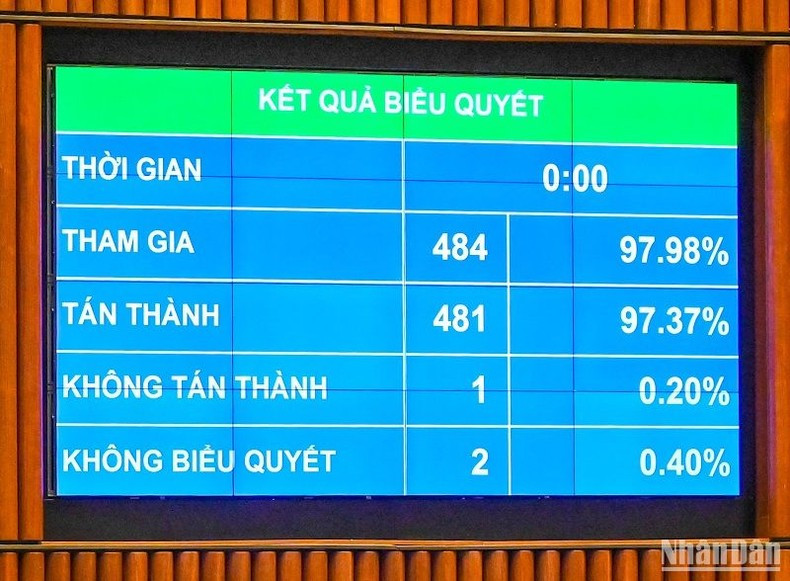
Implement the mechanism to create sources to implement salary reform according to regulations
The National Assembly also allows Ho Chi Minh City to implement a mechanism to create resources to implement salary reform according to regulations.
After the City budget ensures sufficient resources to implement salary reform and social security policies for the entire period of budget stabilization according to regulations of competent authorities, the City People's Council is allowed to decide on 3 major policies.
Specifically, the remaining salary reform fund of the City budget is used, allowing lower-level budgets to use the remaining salary reform fund to invest in developing socio-economic infrastructure under the budget's expenditure tasks and to spend additional income.
“The proportion of revenue retained to create sources for salary reform for agencies and units under their management with large revenues shall be appropriate; ensuring the principle that these agencies and units themselves arrange sources to implement salary reform according to the roadmap decided by competent authorities; the state budget shall not be supplemented to implement salary reform for these agencies and units,” the Resolution clearly stated.
In addition, Ho Chi Minh City can also borrow through issuing local government bonds, borrowing from domestic financial institutions and foreign loans from the Government for re-lending, with a total outstanding debt of up to 120% of the City's budget revenue according to decentralization.
Every year, Ho Chi Minh City is supplemented with a maximum of 70% of the increase in central budget revenue from revenues divided between the central budget and the City budget compared to the estimate assigned by the Prime Minister.
Source






















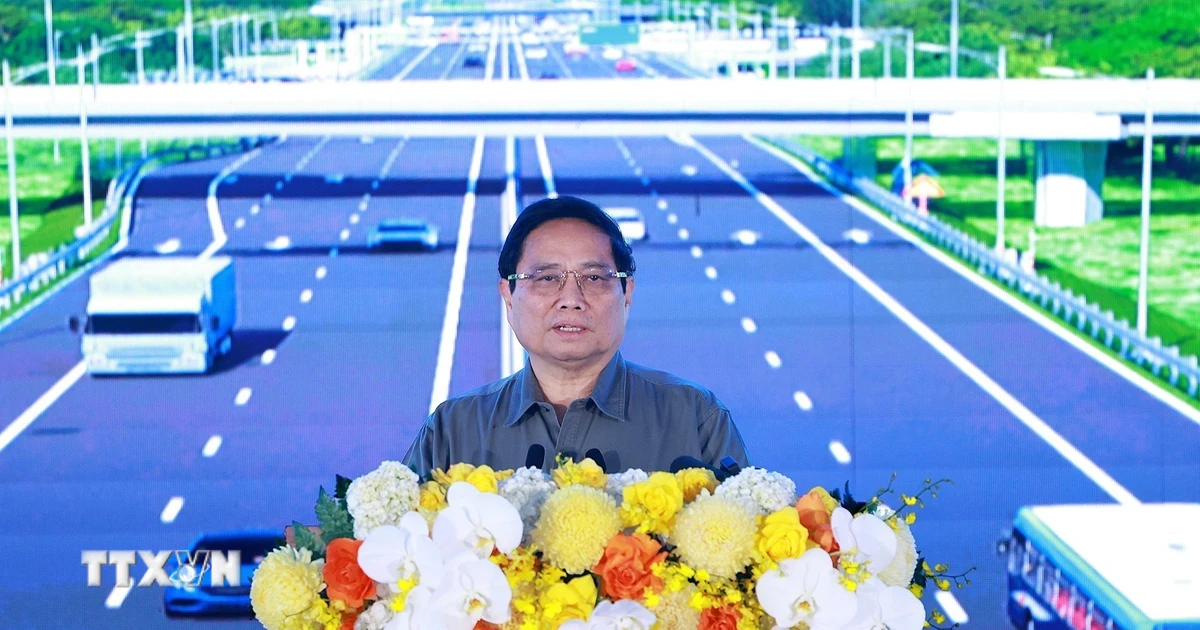










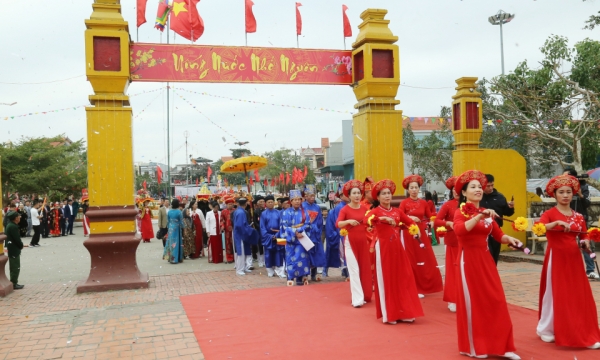
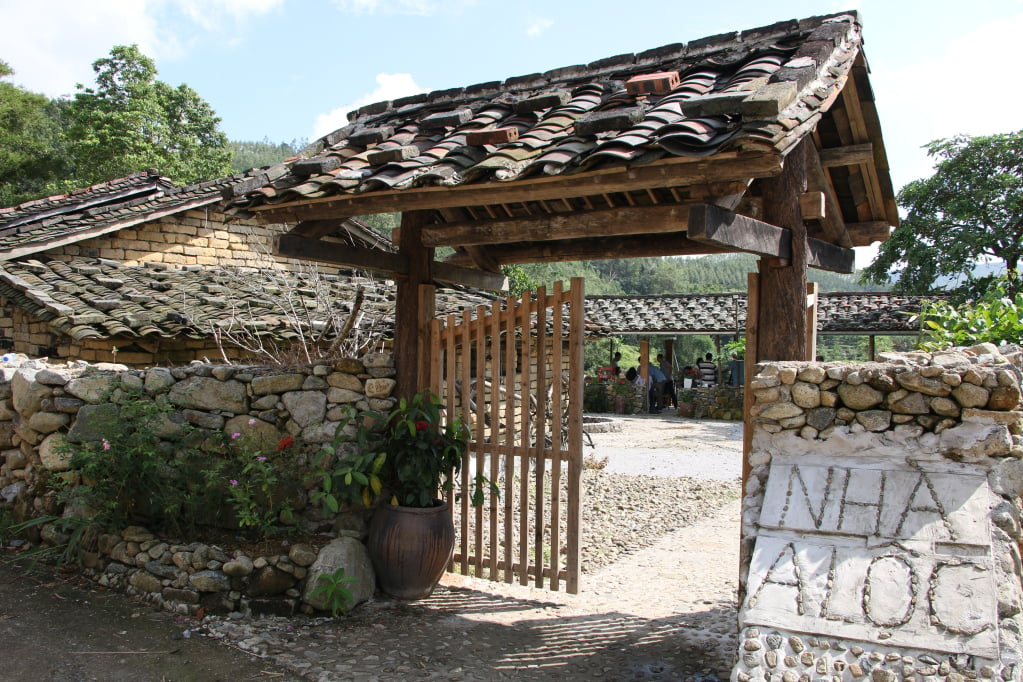




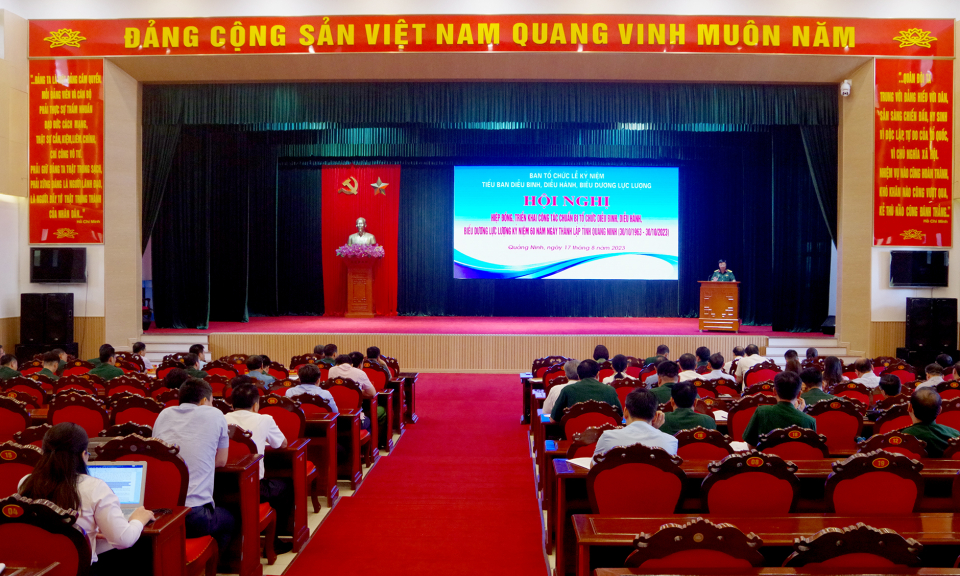
















Comment (0)